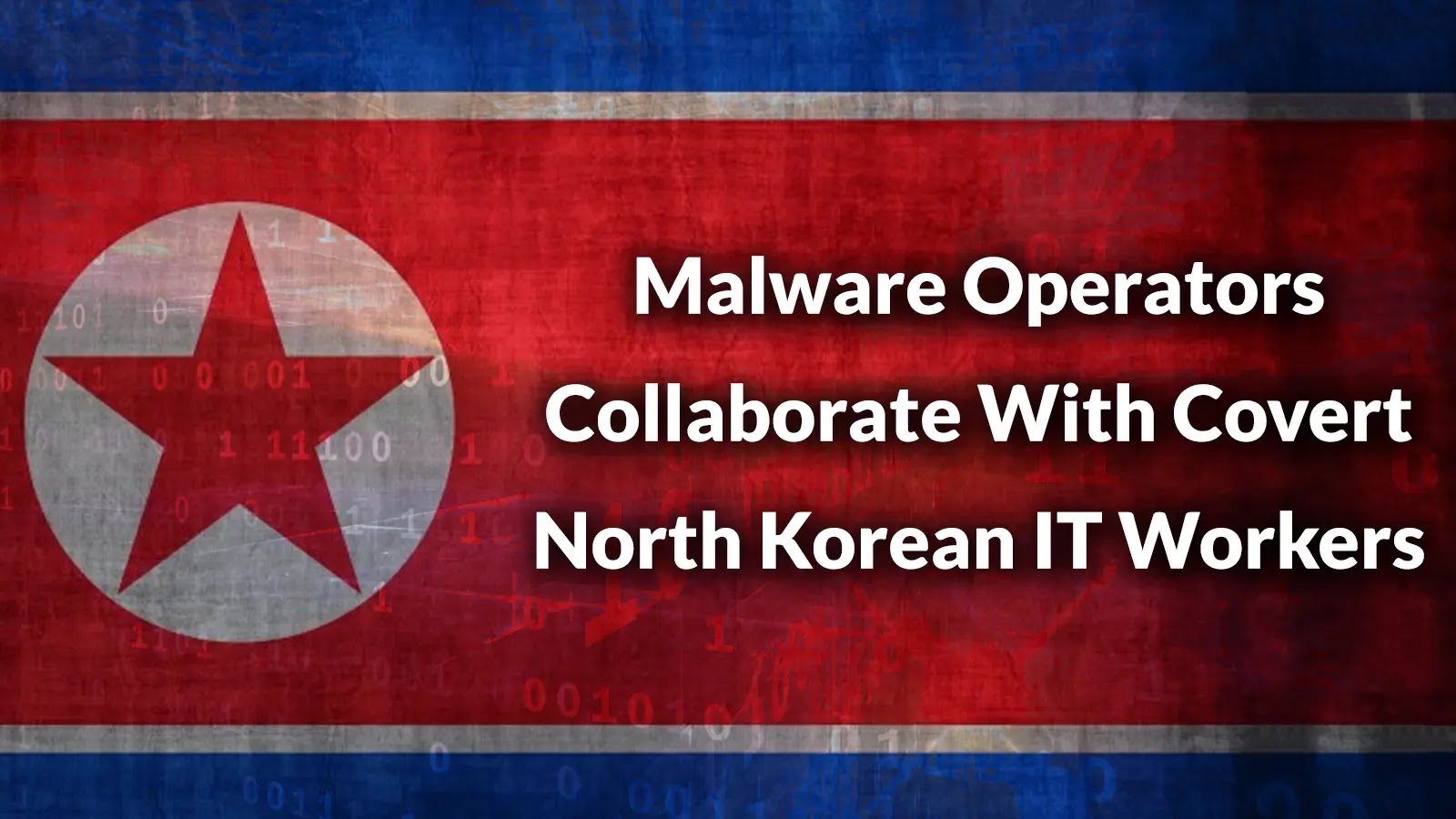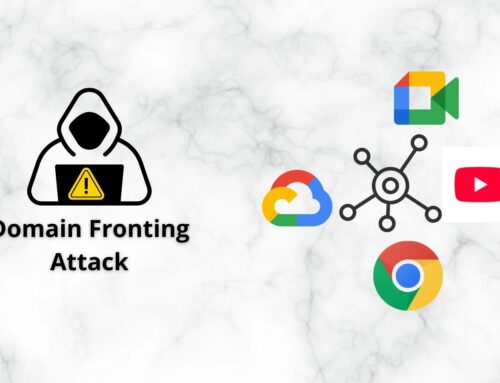
Malware Operators Collaborate With Covert North Korean IT Workers to Attack Corporate Organizations
A Dangerous Alliance: When Malware Operators Meet North Korean IT Workers
A disturbing new threat has emerged in the cybersecurity landscape: a sophisticated collaboration between traditional malware operators and covert North Korean IT professionals. This hybrid operation, dubbed DeceptiveDevelopment, represents a significant escalation, merging the opportunistic tactics of cybercrime with the strategic backing often associated with state-sponsored activities. Corporate organizations worldwide, particularly those in software development and the cryptocurrency sector, face an increased risk from these highly elaborate social engineering campaigns.
Understanding DeceptiveDevelopment: A Hybrid Cyber Threat
The DeceptiveDevelopment group has been active for some time, meticulously orchestrating attacks that blend conventional cybercriminal techniques with the unique operational capabilities of North Korean state-affiliated actors. This synergy creates a formidable adversary, capable of developing advanced malware, executing highly convincing phishing campaigns, and maintaining persistence within targeted networks. The objective extends beyond mere financial gain, often encompassing intelligence gathering and technological espionage, all while maintaining plausible deniability for the North Korean regime.
Modus Operandi: Targeting Developers and Crypto Professionals
DeceptiveDevelopment largely focuses its efforts on individuals within specific, high-value sectors. Software developers, with their access to intellectual property and codebases, are prime targets. Similarly, cryptocurrency professionals, managing significant digital assets and sensitive financial information, present attractive opportunities. The group employs sophisticated social engineering tactics to infiltrate these communities. This might involve:
- Impersonating Recruiters: Malicious actors pose as legitimate recruiters offering lucrative job opportunities, often on professional networking sites. These fake job offers typically include malicious attachments or links designed to deploy malware.
- Fake Project Collaborations: Adversaries may attempt to engage developers in seemingly legitimate open-source projects or collaborative efforts, slowly introducing malicious code or enticing them to download tainted tools.
- Supply Chain Compromises: While not explicitly detailed in every instance, the nature of targeting developers suggests a potential for supply chain attacks, where compromised development tools or libraries could be used to infect broader ecosystems.
This approach highlights a continued trend of threat actors shifting their focus towards the foundational elements of software and digital finance, recognizing the cascading impact a single successful breach can have.
The North Korean Connection: Covert IT Workers
The involvement of North Korean IT workers adds a critical layer of sophistication and resourcefulness to DeceptiveDevelopment. These individuals often operate covertly, presenting themselves as freelancers or remote employees from various countries, meticulously hiding their true origins. Their skills are not limited to basic IT support; many are highly proficient in software development, network administration, and cybersecurity disciplines. This allows the group to:
- Develop custom malware and advanced persistent threats (APTs).
- Conduct in-depth reconnaissance and target profiling.
- Maintain long-term access within compromised systems.
- Exfiltrate data discreetly and efficiently.
This blurring of lines between state-sponsored and financially motivated cyber activity makes attribution and defense considerably more challenging for organizations. The long-term implications for intellectual property theft and national security are substantial.
Remediation Actions and Proactive Defenses
Defending against a sophisticated adversary like DeceptiveDevelopment requires a multi-layered approach focusing on technical controls, employee awareness, and robust incident response planning.
- Enhanced Employee Training: Conduct regular, realistic training on identifying social engineering tactics, especially phishing, spear-phishing, and vishing. Emphasize the dangers of unsolicited job offers and unexpected attachments.
- Strong Authentication Practices: Implement multi-factor authentication (MFA) across all corporate accounts, particularly for developers, administrators, and cryptocurrency professionals.
- Endpoint Detection and Response (EDR): Deploy EDR solutions to monitor endpoints for suspicious activity, detect malware, and respond to threats in real-time.
- Network Segmentation: Isolate critical systems and sensitive data from the broader network to limit lateral movement in the event of a breach.
- Regular Software Updates and Patching: Ensure all operating systems, applications, and development tools are kept up-to-date to patch known vulnerabilities. For instance, staying current with patches can mitigate against exploits like those that might target older software versions, such as issues that could be found in a hypothetical vulnerability like CVE-2023-XXXXX (placeholder for future vulnerabilities).
- Supply Chain Security Audits: Vet third-party tools, libraries, and suppliers thoroughly. Implement strict processes for integrating external code.
- Behavioral Analytics: Utilize tools that monitor user and entity behavior for anomalies that could indicate a compromise, such as unusual access patterns or data exfiltration attempts.
- Threat Intelligence Sharing: Stay informed about emerging threats and indicators of compromise (IOCs) from trusted cybersecurity intelligence sources.
Key Takeaways for Corporate Security
The emergence of DeceptiveDevelopment underscores a critical evolution in the threat landscape. Organizations can no longer assume that cybercriminal groups operate in isolation. The convergence of financially motivated malware operators with state-sponsored resources, particularly from North Korea, creates a highly persistent and adaptive threat. Prioritizing robust social engineering defenses, strengthening identity and access management, and fostering a culture of cybersecurity awareness are paramount. Proactive detection, rapid response capabilities, and continuous vigilance are essential to protect intellectual property, financial assets, and overall corporate integrity from this sophisticated and dangerous alliance.





